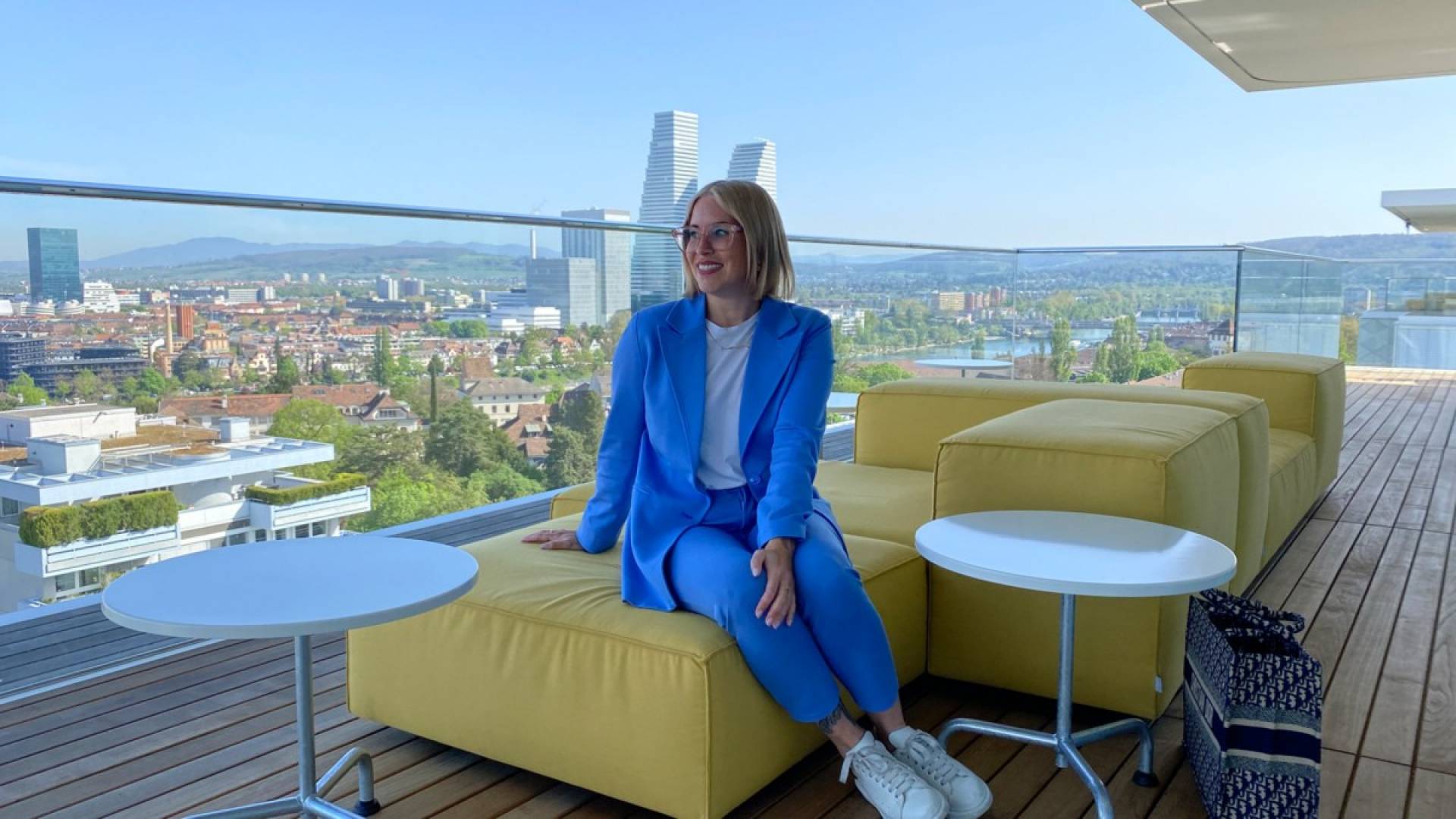«We place great trust in IT specialists»

Nikolas, you have over 15 years of experience in IT and have been our Head of Technology for almost three years. A number of doors on the jobs market must be open to you. Why are you with us?
I wonder about that too, sometimes (laughs). But jokes aside. Originally, I moved from Germany to Basel for personal reasons and started working here in IT at an insurance company. Then, when I was looking for something new, I was interested in the new employers, like Google and Amazon. But as luck would have it, I had an exciting conversation with my current boss, who talked me into starting at Helvetia. And so it was that I built up a pretty cool team around me over the last four years at Helvetia. I still get along really well with my boss and we have the strong backing of the company.
New jobs are opening up in your area continuously. What are you currently looking for?
Originally we were looking for several solution architects. Recently we successfully filled one of these positions. Our «architect» needs to be a kind of senior software developer. He or she knows exactly where problems can occur in a project and how to solve them. This person will be the technical lead of the development team and act as a mentor to new colleagues.
Why do we have such a great need for new skilled personnel in IT?
Helvetia is going through an extensive change process that could be summed up under the catchword «digitalization». We have very high ambitions and requirements for our solutions. Anyone who works in the IT sector knows how rapidly technology is changing. We always try to develop our solutions pragmatically, using the best possible technologies. In the long term we will therefore always be looking for developers, engineers, architects and other profiles who are at the leading edge of technology and methodology. In particular, we look for people who are inquisitive, who reinvent themselves regularly and keep breaking out of their personal comfort zones.
What does the current team look like?
We have a very exciting team with lots of different skills. Many of us are software engineers who are developing various applications. Our interdisciplinary teams, however, also consist of business engineers, UX designers, testers and other roles that are essential to our agile development process. This is where the solution architects or enterprise architects would get involved, in an advisory role and with a strong project focus.
You mentioned that you have the strong backing of Helvetia. Why is that so?
There has been an extreme shift from the analogue world to the digital one, particularly in the insurance sector. IT is now no longer «just» a service provider within the company. Rather it has become a core driver of the business and is often referred to as an equal partner. The insurance contract is no longer stored on paper in an archive room. Everything today is digital and on a cloud. Development will continue to pick up speed, and topics like artificial intelligence will increasingly gain importance. Helvetia recognized this development and assigned IT its central position.
Let's be honest: what are we not so good at?
As a large traditional business, Helvetia is in a massive transition, both technologically and culturally. When this happens, different cultures and people with different requirements come together. One needs to be able to understand this. Naturally, this can result in friction from time to time. However, because we're very well supported by group management, this usually does no harm to our projects. So far we have always achieved the goals we set out for ourselves.
Why is Helvetia the ideal employer for a solution architect?
We have done some great preparatory work in the last two to three years: By moving onto the «public cloud» and introducing state-of-the-art architecture paradigms we have created an optimum platform. Top people work here on an equal footing in an open environment. Architects and engineers have a lot of freedom to try things out. We enjoy great trust and are very well positioned within the business. Our architects and engineers therefore enjoy a fantastic work environment, both professionally and socially. What more could you want (laughs)?









